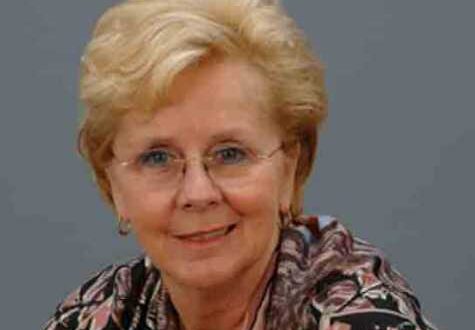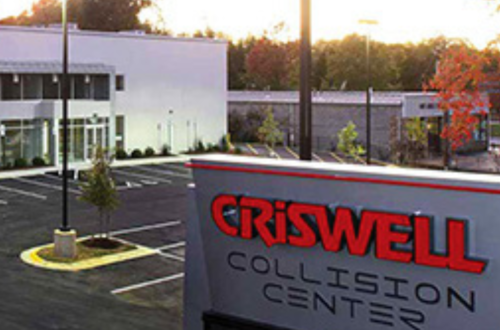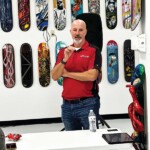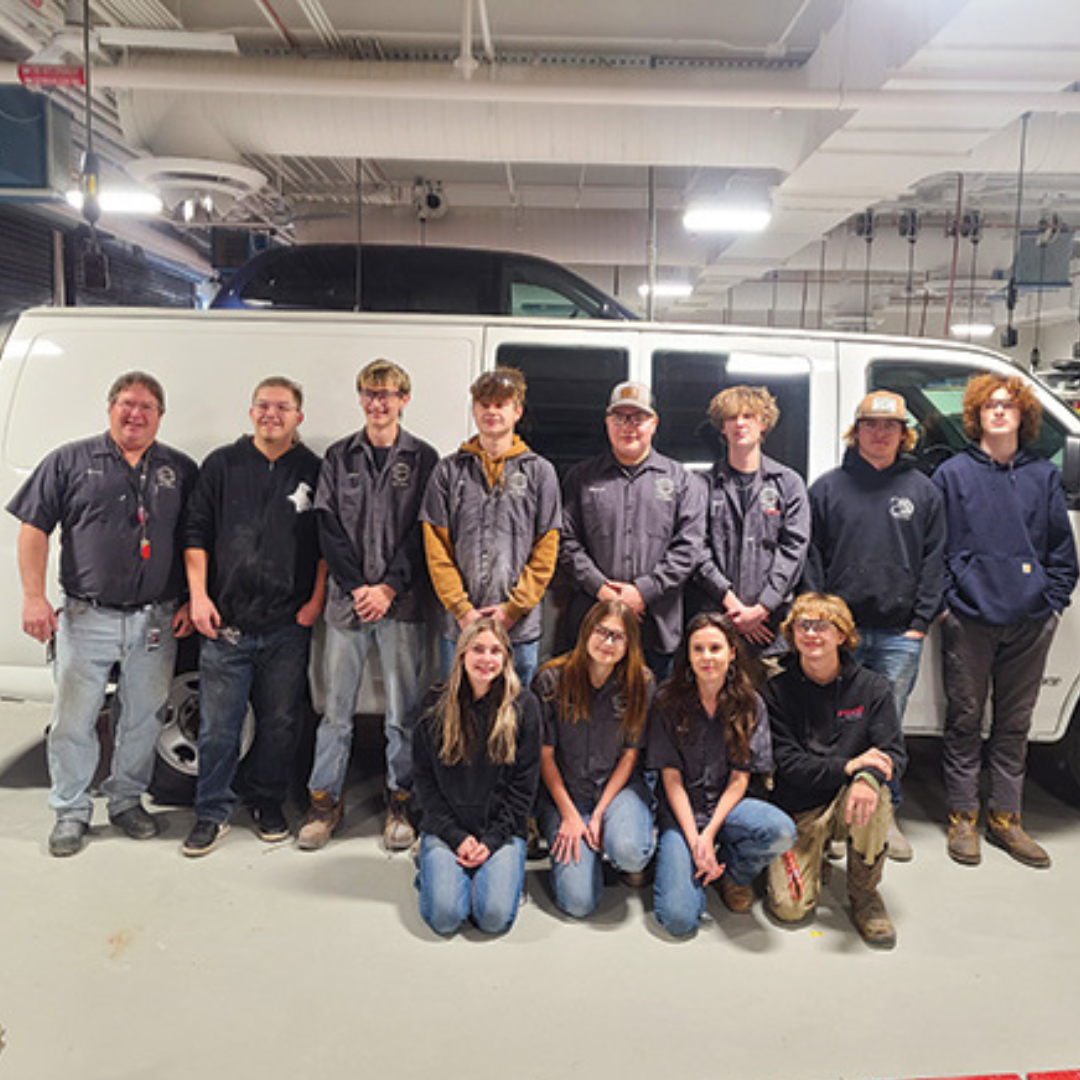
WMABA School Profile: Carroll County Career & Technology Center
Published in Hammer & Dolly – Thomas Greco Publishing
Today’s students have many options when it comes to deciding their futures, and although the auto body industry offers a multitude of exciting career paths, many collision repair educational programs struggle to attract and retain those students due to an inability to show them that potential future; outdated tools, equipment and facilities leave them stuck in the past.
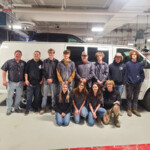 That’s not the case at the Carroll County Career & Technology Center (CCCTC) in Westminster, MD – the school recently invested in its collision repair technology program by renovating the shop and classroom areas.
That’s not the case at the Carroll County Career & Technology Center (CCCTC) in Westminster, MD – the school recently invested in its collision repair technology program by renovating the shop and classroom areas.
“The new shop and updated equipment have been a driver of new interest,” shares instructor Timothy Gisiner. “We have renewed energy and vision for the program that is paying off with more student interest.”
The two-semester program is open to students in the spring of their junior year and fall of their senior year. “Our current class consists of 18 students and one Research and Development student, a spring semester senior who is continuing their learning by assisting new students.”
Gisiner finds it particularly rewarding to “teach the very program from which I graduated in 1987 (in the renovated space that was my original classroom) to share my knowledge with the future of the industry. I am dedicated to restoring the program to its former glory from the ‘80s and beyond. We are adding state-of-the-art equipment each year to revitalize the program and ensure its students are learning the latest industry skills.”
“The program is run like a real shop but still has school requirements,” he explains. “After initial training, we take customer work on minor damage repairs. Students are in class for approximately three and a half hours each school day. School holidays, weather delays and special events are subtracted from those days. Then, time has to be allocated to chapter work and testing, certification testing and special program events like industry presentations or career fairs. A typical five-day job in another shop could easily take a month or more in our learning lab.”
Students enrolled in CCCTC’s collision repair technology program also learn skills that help them secure employment after graduation. “The program incorporates resume writing and job-hunting skills,” Gisiner reports. “Industry representatives visit the program during the career fair and other events. I work with shops in the area to get students jobs during the program. Most of the students were placed by the end of the first semester, and the rest should have offers by the end of the program. We continue to support our graduates when they reach out for references for jobs even years after they leave our walls.”
Like many other auto body program instructors, Gisiner faces budgetary constraints. “The administration provides as much of a budget as possible, but the cost of materials and equipment rises faster than program funding;” however, he overcomes those obstacles through fundraising and applying for available grants. In 2024, CCCTC received a $5,000 Benchmark Grant through the Collision Repair Education Foundation that has helped with maintaining the program’s needs. “Donations of supplies from the industry and community are a tremendous help to supplement our budget.”
Support from the program’s advisory committee (PAC), which meets twice each year, also proves incredibly beneficial. Our PAC has been amazing at reviewing renovations, offering equipment purchase guidance, supporting audits and providing purchase justifications for larger equipment,” Gisiner praises. “We have a diverse PAC, currently led by a woman industry leader who has presented on diversity in the workplace and helps support our female students, as well. Half of our PAC members have already hired our students and graduates! The PAC members are present and involved. We welcome anyone interested in serving on our PAC, and I foresee it continuing to grow with the program.”
Gisiner also welcomes other collision industry professionals to visit the shop and speak to his students. “Each student is an individual, and there are many different facets of the industry. One size definitely doesn’t fit all! Visitors from different job functions within the industry would light the spark of interest in our students in these different industry jobs. Community involvement always creates more program interest for future students. I understand that not everyone has the time and ability to come during program hours, but we always need financial or donation support. We try to stretch even the smallest donations as far as we can for our students and acknowledge all donors on our social media page.”
He also recognizes the value of joining associations to expand his own knowledge, which is why his program decided to join WMABA this year. “We look forward to taking advantage of WMABA’s programs and offerings. So far, I have been passing the industry updates and information shared by WMABA to our students. A huge benefit of WMABA is that they are helping to keep me current in the quickly changing collision repair industry, so I can ensure our students are getting the latest-and-greatest industry updates!”


